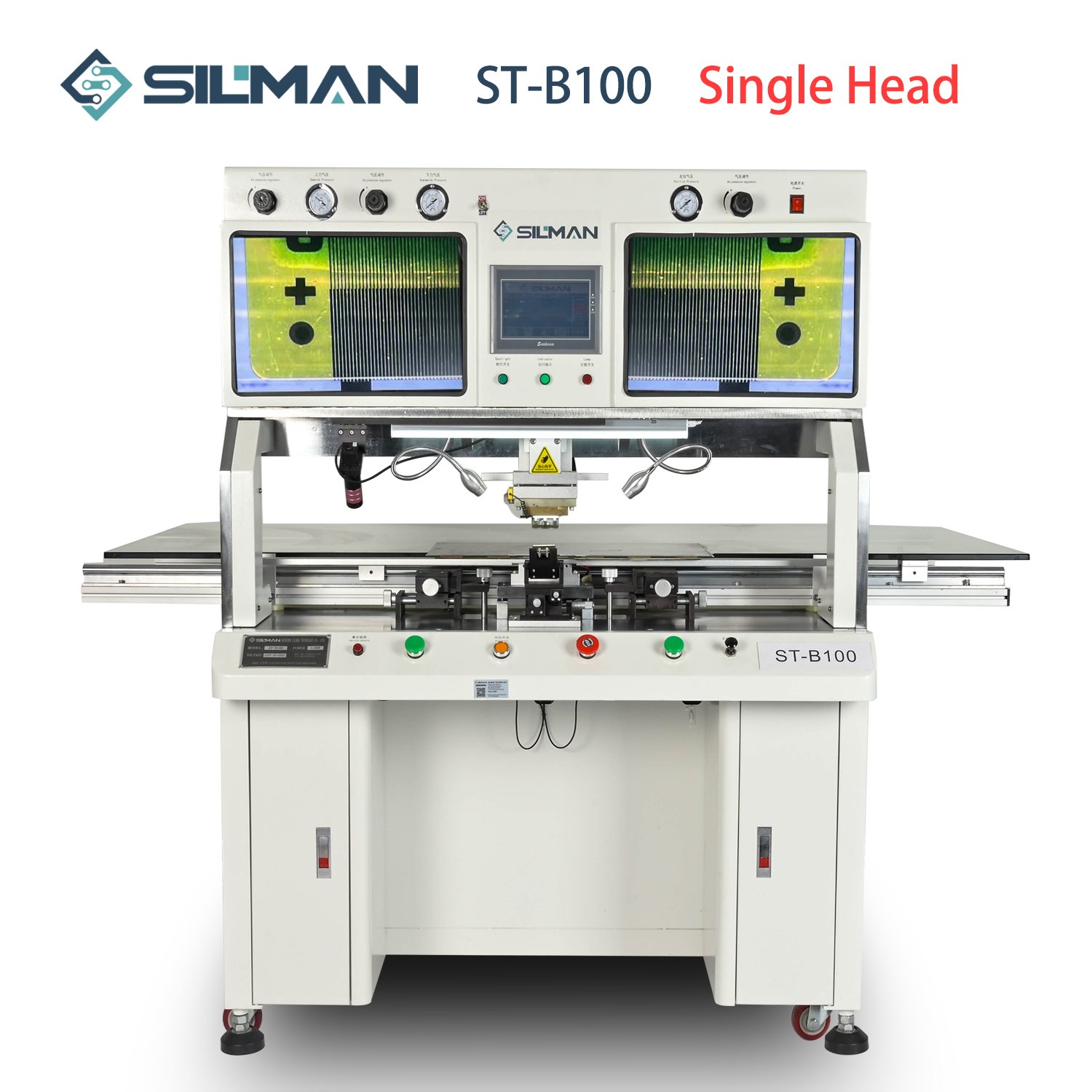Solder joint defects refer to situations where solder joints appear shrunken, incomplete, with voids, or where solder material is not fully present in through-holes or has not climbed onto component pads.
Analysis of Causes and Corresponding Measures:
- Component Solderability: The inability to completely remove oxide layers or foreign substances prevents adequate wetting and spreading of molten solder, caused by various factors such as oxidation or contamination of component solder terminals and PCB pads, or moisture affecting the PCB. Solutions include ensuring proper cleaning and moisture removal of PCBs and addressing any issues with component solderability through supplier improvement measures.
- Pad Solderability: Poor-quality or improperly processed PCB pad plating causes plating detachment during production, leading to diminished pad solderability. Solutions involve working with suppliers to improve processing quality for incoming PCBs.
- Metal Holes/Through-holes: Two situations may prevent solder material from diffusing and wetting inside metal holes: poor quality of metalized holes or solder resist flowing into the holes. Proper sizing of component insertion holes relative to pin diameter is crucial to prevent solder material from flowing out of the holes.
- Program: Errors in coordinate position or orientation settings in the program may offset the center of solder joints, causing solder joint defects. Solutions include training staff to improve process capabilities and strictly adhering to process standards when setting programs, followed by small-scale testing after program creation.
- Solder Nozzle: Air entrainment in solder nozzles can cause solder to flow poorly or unevenly on one side. Regular nozzle flushing every two hours and daily pre-shift inspections, along with periodic replacement, help prevent this issue.
- Flux Activity: Poor flux activity prevents proper cleaning of PCB pads, resulting in reduced wetting force of molten solder on copper foils, leading to inadequate wetting. Before using flux, check its specific gravity and ensure it is within the valid period.
- Flux Application Volume: Insufficient or uneven flux application prevents it from fully achieving the desired effect. Adjusting flux application volume to optimal levels and applying multiple times per solder joint help address this issue.
- PCB Preheating Temperature: Proper preheating of PCBs is essential. Incorrect preheating temperature can cause flux carbonization, reducing its activity, or insufficient activation of the flux, resulting in poor solder wetting. Adjust preheating temperature accordingly.
- PCB Soldering Temperature: Proper PCB soldering temperature is crucial. Incorrect or excessively high soldering temperature can cause low solder viscosity, while too low temperatures result in poor wetting of liquid solder. Adjust solder peak temperature accordingly.
These are the adverse phenomena and solutions in soldadura por ola selectiva. For further clarification, you can consult Silman Tech’s online customer service.
